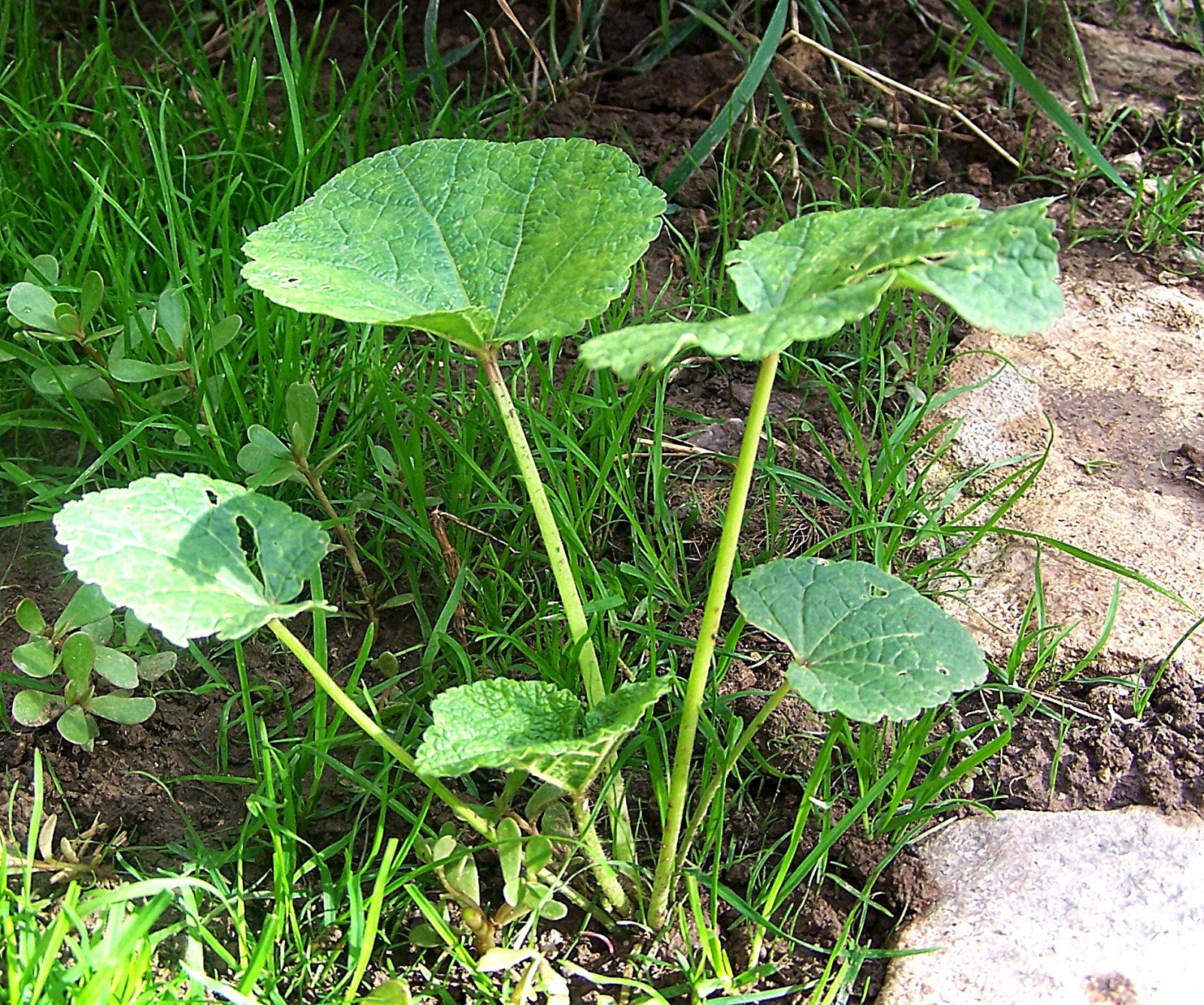
Also root pruning will stimulate new growth and rejuvenate the plant. By dividing the root system, you can make new plants to plant in another area of the garden or give away. It is advisable to occasionally thin out a stand of such perennials. This will prevent your plants from seeding all over the garden and will conserve the considerable energy it takes the plant to produce seed.Īs perennials mature, they may form a dense root mass that eventually leads to a less vigorous plant. As blooms fade it is advisable to deadhead your plant that is, to remove spent flowers before they form seed. Many species also flower abundantly and produce ample seed.

This will prevent them from completely taking over an area to the exclusion of other plants, and also will increase air circulation thereby reducing the incidence of diseases like botrytis and powdery mildew. One thing that distinguishes perennials is that they tend to be active growers that have to be thinned out occasionally or they will loose vigor.Īs perennials establish, it is important to prune them back and thin them out occasionally. Perennials need to be cared for just like any other plant. Once you plant a perennial, it does not mean that you will enjoy years of maintenance-free gardening. Planting How-to : Pinching and Thinning Perennials It is better to water once a week and water deeply, than to water frequently for a few minutes.

The first two years after a plant is installed, regular watering is important for establishment. Most plants like 1 inch of water a week during the growing season, but take care not to over water. Normal watering means that soil should be kept evenly moist and watered regularly, as conditions require. Watering Conditions : Normal Watering for Outdoor Plants
#Aster seedlings images full#
Plant Care Fertilizing Light Conditions : Full Sunįull Sun is defined as exposure to more than 6 hours of continuous, direct sun per day.


 0 kommentar(er)
0 kommentar(er)
